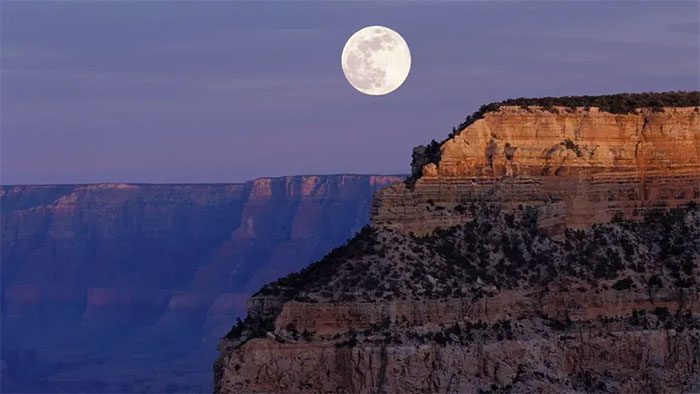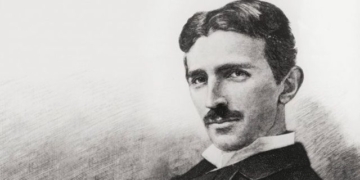We all know that the sun rises in the East and sets in the West. The same goes for the moon. Essentially, the moonrise can vary depending on the phase of the moon and the time of year, according to the Farmers’ Almanac. This means it can rise in the East-Northeast or East-Southeast, and it can set in the West-Northwest or West-Southwest.

We can witness the moonrise at the same time as sunset.
However, there are times when you see the moon “lingering” in the late evening sky, just before the sun sets. This occurs due to the tilt of the Earth and its position relative to both the sun and the moon. We can see them simultaneously, but it doesn’t necessarily mean one is setting while the other is rising. So, can we witness the moonrise at the same time as sunset? The short answer is yes.
The best opportunity to witness this phenomenon is during the full moon around the times of the Spring Equinox and Autumn Equinox. This is because the moon rises closest to the east and sets closest to the west on those days. When the full moon occurs at these times of the year, it will be positioned opposite the sun in the sky as it sets.
Therefore, during these times of the year, when you watch the sun set on one side of the Earth, simply turn around and you can see the full moon rising behind you. They do not occur exactly at the same moment, but from your advantageous position on Earth, it appears that way. Additionally, you are actually witnessing three astronomical events at once: sunset, moonrise, and full moon.
The best place to observe this event – or any nighttime astronomical event – is from a location with minimal light pollution. You can search for the term IDA Dark Sky Place. These include communities, parks, and areas that encourage and protect dark skies and minimal light.
The best time to see the moonrise and sunset simultaneously will vary depending on your location, the time of year, and the timing of the next full moon on the calendar.


















































